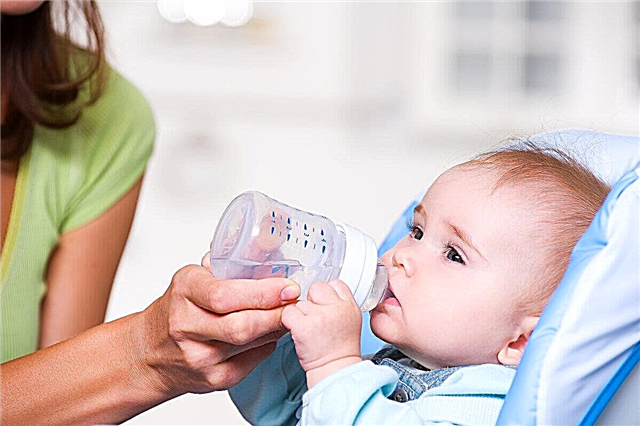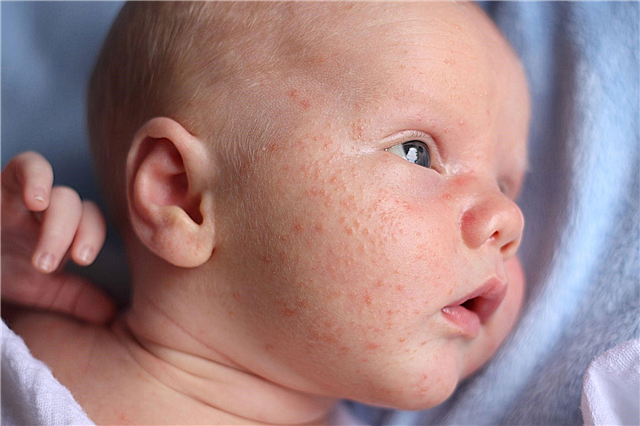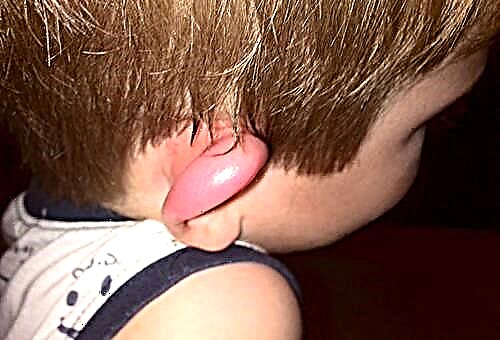There is nothing worse for a parent than a sick child. Mom does not find a place for herself when the baby is bad. If a high body temperature is accompanied by other severe symptoms, it is not uncommon for parents to lose their common sense, wondering how to help the child.

The kid got sick
Heat
An increase in body temperature can occur for a variety of reasons. Depending on what triggered the hyperthermia, there are several algorithms of actions aimed at helping the child. The reasons for the rise in temperature can be:
- the multiplication of pathogenic bacteria, that is, the appearance of a bacterial infection;
- the occurrence of a viral infection;
- heatstroke;
- poisoning;
- reaction to the vaccine;
- teething.
Each cause has its own accompanying symptoms, according to which the doctor is guided to make a diagnosis.
Attention! If the general condition of the child is not disturbed, and he can play at an elevated temperature, it is not necessary to give antipyretics.

Temperature measurement
There is a general recommendation for hyperthermia, regardless of the reasons: if the thermometer does not rise above 37.5˚C, it is not recommended to bring the temperature down with drugs. This is important because it is the rise in temperature that causes the body to produce special substances that are able to overcome the pathogen.
Causes of chills, weakness, and vomiting
The child chills for obvious reasons - the difference in temperature between his body and the environment has increased, so it seems to him that the room has become colder, the baby begins to freeze. To relieve the symptom, put on one thin layer of clothing, and cover the child with one or more blankets on top, depending on the severity of the chill.
Weakness is an indicator of a violation of the general condition. The body throws all its strength into the fight against the pathogen, so the baby becomes lethargic and inactive. If drowsiness is added to weakness, it is worth analyzing how much fluid the child has drunk, because drowsiness and excessive lethargy are the first signs of dehydration.
When the child has a temperature of 40 and vomiting, the first step is to suspect an intestinal infection. A common variety, rotavirus, begins with vomiting and a sharp rise in temperature. Also, nausea often occurs against the background of fever. It is the rise of the thermometer above 40 degrees that can negatively affect the child's brain, causing a change in consciousness and vomiting.
Why is this condition dangerous?
When a child has chills, vomiting, fever, you should not experiment with folk methods. A doctor is needed if:
- the temperature of a child under the age of 3 months has risen, no matter to what values;
- an hour after taking the antipyretic, the baby does not begin to cool down;
- the thermometer does not show a normal value for 4-5 days of illness.
If the fever is accompanied by abdominal pain and vomiting, it is highly likely to indicate appendicitis or a urinary tract infection. A fever with seizures, vomiting, and rash is more likely to indicate meningitis. In both cases, one should not hesitate to call a doctor, the count goes for minutes.
Attention! Temperatures above 41 degrees are considered extremely dangerous, as individual parts of the brain begin to be affected and edema forms.
First aid rules for an infant
What to do if a child vomits and the temperature rises above 39˚C should be known to every parent, especially if the condition is complicated by febrile seizures.
With a single vomiting
If the child has vomited only once, and there are no repeated attacks of nausea, it is necessary to put him in a cool, ventilated room and give him a warm sweet drink. At home, after the first episode of vomiting, parents should make it a rule to have a glucose solution. Its use can prevent recurrent attacks.
With repeated vomiting
When a child vomits not once or twice, an urgent need to call a doctor. Even if these attacks are caused by a non-dangerous disease or an acute reaction to a high temperature, it will not be possible to water the child, everything drunk will burst out of the stomach.

Portion drinks
Attention! While the parents are waiting for the doctor, the only thing they have to do is try to water the child in portions, a teaspoon every 3 minutes. Drinks should be warm, close to body temperature.
Differences between helping an infant and an older child
The danger of vomiting for babies is that they can easily suffocate with vomit. Therefore, the main feature of providing first aid to an infant with vomiting is to put it on its side to prevent choking and choking.
Older children can be seated in a reclining position so that stomach contents do not linger in the esophagus during a second attack.
The main mistakes of parents
Some popular folk methods can harm the baby's health much more than any viral infection that caused a fever and vomiting once. Among them:
- rubdown with vinegar;
- rubdown with vodka / alcohol;
- cold compresses on various parts of the body;
- additional heating of the room in which the patient lies.
Applying alcohol-containing solutions to the baby's skin will inevitably lead to alcohol poisoning. The skin of children under one year old is especially delicate and thin, strewn with capillaries and blood vessels, which expand due to increased body temperature, which increases their ability to absorb substances. Alcohol after contact with the skin immediately appears in the blood. In the case of vinegar rubbing, the body receives a shock dose of acid intoxication, which greatly worsens the patient's condition.
The danger of cold compresses is that, upon contact with the skin, they sharply constrict the vessels in it. This means that the surface of the body can no longer give off heat. Because of what it accumulates inside, it means that the temperature of the internal organs rises significantly, which poses a serious danger to the baby's life.
Additional heating of the room will dry out the air, which will increase the load on the mucous membranes of the infant's respiratory tract. This can cause complications, which will have to be eliminated already in the hospital with the help of droppers and a course of antibiotics.

Sick baby
When a child has vomiting, fever and weakness, the main task of the parents is to provide oxygen to the room. Most often, this is easy to achieve with the help of ventilation, which will bring the air parameters in order. Having managed to cope with this task, it is imperative to call a doctor who can determine the diagnosis and give recommendations for caring for the baby.



